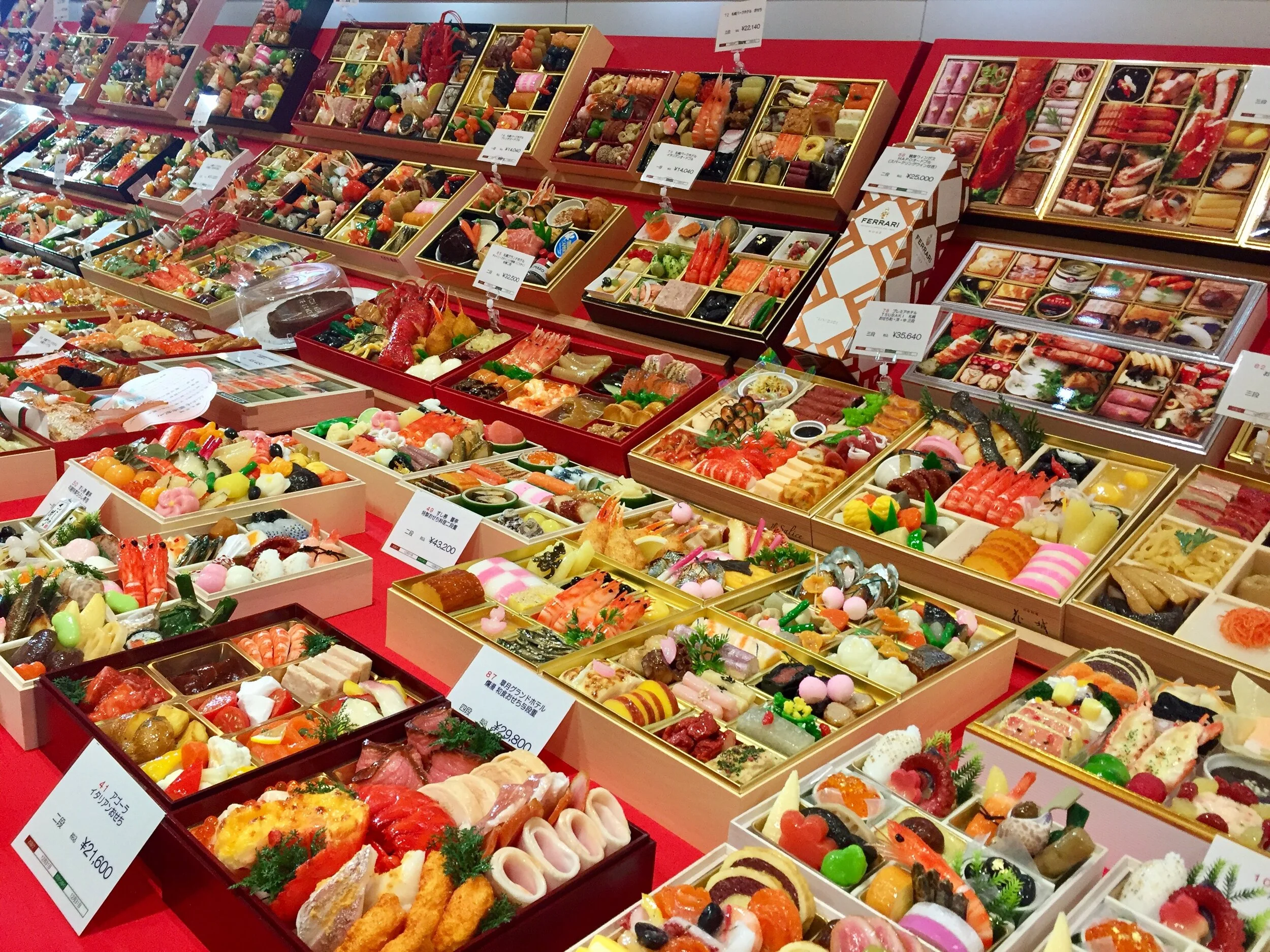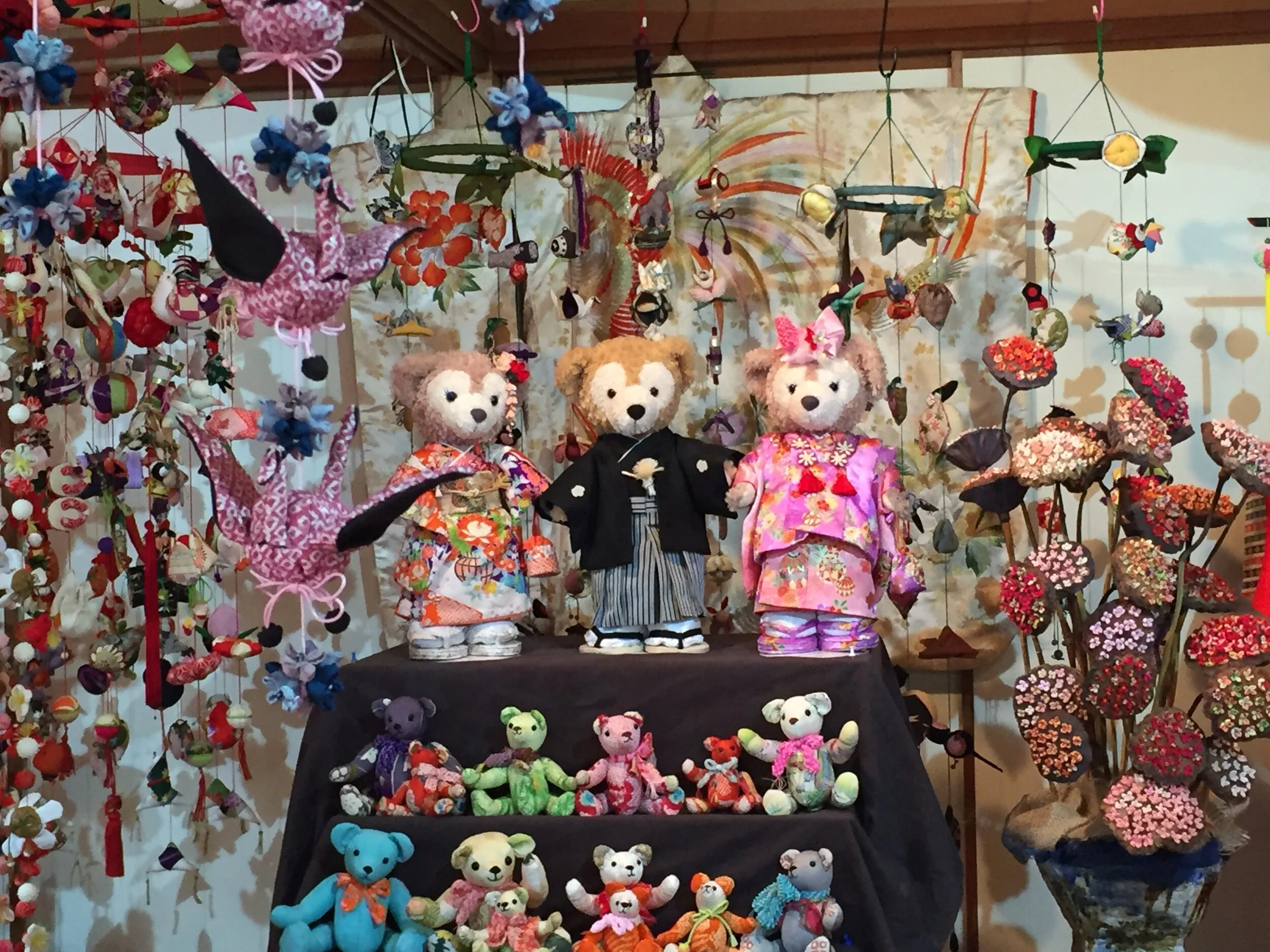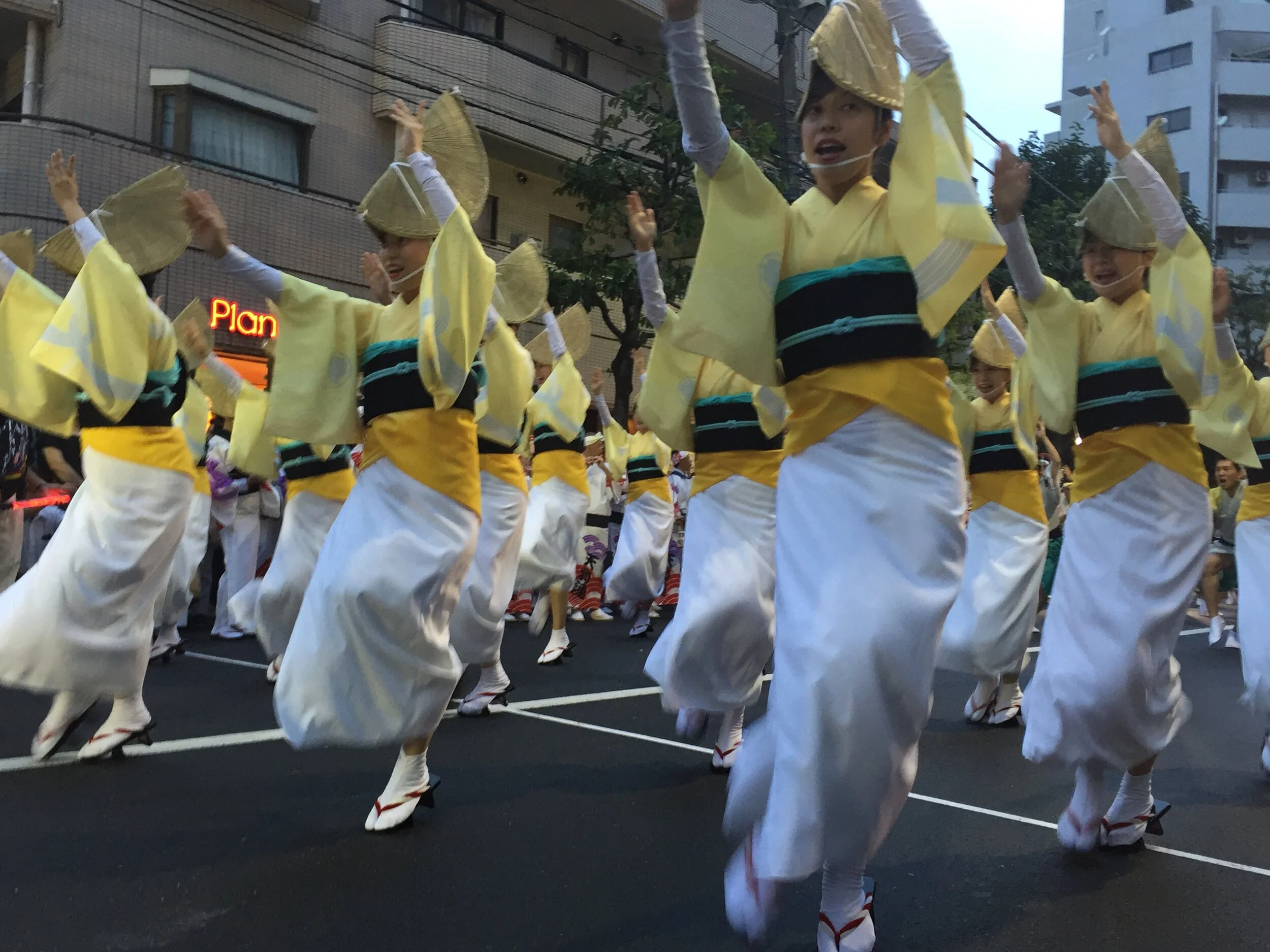Continuing on what it was like to live and work in Tokyo..
3 - Holidays
The best perk of working in Japan was the number of national holidays I got to enjoy. There was at least one national holiday each month (see 2020 calendar here) so I had the feeling that there was always a holiday coming up! Due to this fact, I found myself more motivated to work as I knew there would be a break shortly.
In addition to the national holidays, I started with 20 vacation days + “free” 5-day consecutive summer leave (basically extra holidays for Obon festival in August). It was truly a working holiday when I was in Tokyo! With what you heard about long working hours in Japan you might be wondering if I got to enjoy these days off? I could only say I was a lucky soul; being a foreigner working in the most foreign team (100% foreigners) in a foreign-owned corporation, I got to unplug completely during all national holidays and personal days off. I was told that the generous national holiday system was meant to encourage/force workers to take time off as people typically don’t take their personal vacation days off. I got to enjoy the benefits of both worlds!
New Year is the most important holiday of the year. Despite the Chinese influence in its culture and language, Japan does not celebrate the Lunar calendar New Year as observed in the Chinese tradition. It has adopted the New Year of Georgian calendar since the since the Meiji Restoration. However, the way the New Year is celebrated is still tied to the Chinese tradition: visiting local shrines, children receiving otoshidama (お年玉; the Japanese equivalent of red envelopes/luck money), family gathering, Jinjitsu (人日, "Human Day") coinciding with a similar observation in Lunar calendar, etc. These traditions and celebrations are ways of wishing a wonderful year to come, particularly for ensuring health and prosperity.
Besides the New Year, the three most important holiday periods (i.e. travel peak seasons) are the Golden Week, Obon festival and the Silver Week, which are string of holidays occurring in May/August/September respectively. Golden Week consists of four holidays within 7 days, it basically means a week off if you take one personal vacation day. The Obon holidays would be a week off as well with the consecutive summer leave offered by some companies. Silver Week is typically a 4-day long week but it becomes a “mega” 5-day holiday when there’s a workday sandwiched between the Respect for the Aged Day (a set date) and the Autumn Equinox (not a set date and tied to astronomical observations each year). I was in Tokyo in 2015 during which the Silver Week was a 5-day holiday!
Easter/Halloween/Christmas are also celebrated (not observed) in Japan. Throughout the year, there is always something themed for the seasonal celebrations. All the plum flowers/sakura/fireworks/illuminations/etc seasons attract tons of tourists to Japan. All things the Japanese way were prettier and cuter and it was fun to go shopping during those holiday periods! In a way, it is a way of boosting tourism.
4 - Hiking
70% of Japan is mountainous, so there’s plenty of hiking opportunities. Besides the generous national holidays system, hiking is the main reason why I miss Japan so much.
What I liked about hiking in Japan was that:
A lot of the hiking trailheads were accessible by public transportation so it was easy to go on a hiking trip.
There were so many options for different levels. Just within Tokyo, Takaosan (高尾山) would be a touristy spot that was less about exercising but more for a relaxing outing and to see Mount Fuji (富士山 Fujisan) from afar, while Mount Fuji would be on the other extreme for a long hike. In between, there were many many options depending how hard-core you would like to go. No more excuses to get close to the nature!
I loved bringing O-nigiri (お握り; rice balls wrapped in sesame) as lunch for the hike. These O-nigiri were sold in all convenient stores and definitely were the best convenient food in my opinion. On the convenience of food options, the Ekiben (駅弁, bento boxes for rail rides, sold in train stations) makes it easy to go on hiking trips as you can just grab yummy food on the go.
Lastly, all my hikes ended in Onsen (温泉 hotspring). Simply luxury.
Through my encounter with mountain-lovers, I found out that many Japanese mountaineers look to the list outlined in “One Hundred Mountains of Japan” (日本百名山 Nihon Hyakumeizan) for hiking goals. Unfortunately I didn’t stay long enough to become more connected to the hiking tradition.
















